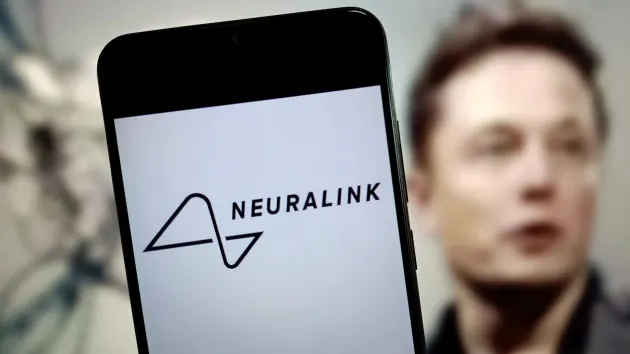Contents
A Glimpse into Tomorrow: How Elon Musk’s Neuralink Transforms Mouse Control
In the evolving landscape of technology, imagine if our thoughts could directly interact with the digital realm, bypassing the need for physical devices. Enter Elon Musk’s Neuralink, a venture that sounds like science fiction but is quickly turning into a tangible reality.
This article peels back the curtain on Neuralink’s recent breakthrough in mouse control, diving into the hows and the whys, and exploring what this means for the future of human-computer interaction. Get ready to embark on a journey from thought to click, where the line between the human mind and machine blurs ever so slightly.
Neuralink Explained: A Leap into the Future
The Origin and Vision
Neuralink, one of Elon Musk’s ambitious projects, sits at the intersection of neuroscience and technology. Its mission? To enable humans to control computers and other devices directly with their thoughts. But how exactly did this project come to fruition, and what drives its relentless pursuit?
- Founded in 2016, Neuralink aims to develop ultra-high bandwidth brain-machine interfaces.
- The goal is to treat neurological conditions and, eventually, allow humans to merge with artificial intelligence.
Breaking Down the Technology
Neuralink’s approach involves using flexible threads, thinner than human hair, which can be inserted into the brain to detect neural activity. These threads connect to a device known as the Link, which processes, stimulates, and transmits neural signals.
- The Threads: Capable of reading and writing high-volume neural data.
- The Link: A coin-sized computer chip that communicates wirelessly.
From Thought to Click: The Mouse Control Breakthrough
How It Works
Neuralink’s recent experiments have demonstrated how a mouse, with a Neuralink implant, can control a computer cursor through thought alone. The magic lies in decoding the neural signals emanating from the brain and translating them into digital commands.
Here’s a simplified breakdown:
- The mouse thinks about moving the cursor.
- The Neuralink device detects this neural activity.
- It decodes the data in real-time.
- The cursor moves according to the mouse’s intentions.
The Implications
This breakthrough is not just about controlling cursors; it’s a proof of concept for more complex interactions between the human brain and computers. Imagine being able to command your digital world effortlessly, from browsing the internet to operating robotics—all with the power of thought.
The Path Forward: Challenges and Ethical Considerations
While the potential of Neuralink is boundless, it is not without its hurdles and ethical dilemmas.
Engineering Challenges
- Precision and Safety: Implanting threads in the brain requires unprecedented precision to avoid damaging critical areas.
- Longevity and Compatibility: The implanted device must be durable and compatible with the human body long-term.
Ethical Questions
As we edge closer to a future where thoughts can control machines, a Pandora’s box of ethical questions opens:
- How will personal privacy be protected?
- What are the implications for human identity and autonomy?
- Could there be societal divisions between those who are “enhanced” and those who are not?
“Neuralink’s breakthrough in mouse control is just the beginning. The real challenge lies in navigating the societal and ethical implications.” – Elon Musk.
Wrapping Up: The Journey Ahead
Neuralink’s achievement in mouse control is a monumental step towards breaking down barriers between the human mind and technology. It heralds a future where disability is no longer disabling, and our physical limitations are overcome by the power of thought.
Yet, as we forge ahead, it’s crucial to tread carefully, ensuring that we address the ethical, societal, and technical challenges that come hand in hand with such groundbreaking advancements. The journey from thought to click is just beginning, and its ultimate destination remains a fascinating mystery.
A call to action for the curious minds: Let’s engage in meaningful discussions, raise awareness, and approach this new frontier with openness, responsibility, and a keen eye towards shaping a future that benefits all of humanity.







